Through me the way to the suffering city,
Through me the way to the eternal pain,
Through me the way that runs among the lost,
Justice urged on my high artificer;
My maker was divine authority,
The highest wisdom, and the primal love.
Before me nothing but eternal things
Were made, and I endure eternally.
Abandon every hope- who enter here. (1-9)
-Canto II–the inscription above the Gate of Hell
Dante Alighieri
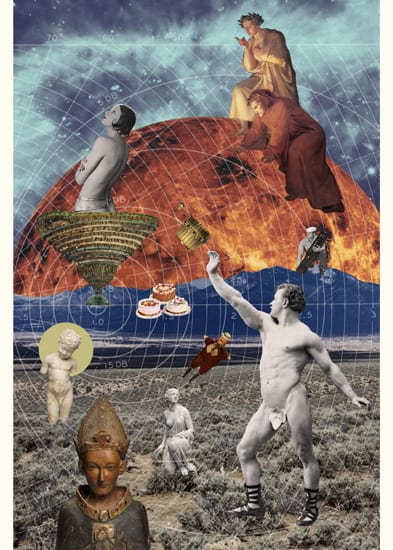
The Divine Comedy or Inferno
Dante Alighieri
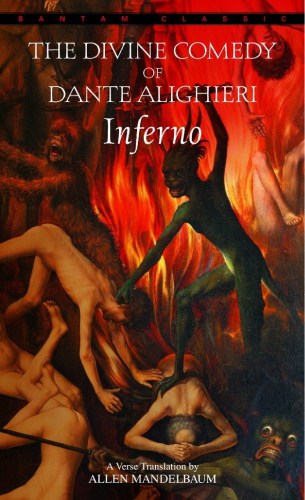
Print: Alighieri, Dante. Inferno. Trans. Allen Mandelbaum. New York: Bantam. 2004.
Dante’s Inferno is an epic and allegorical poem written in the 14th century.
The poem describes the character, Dante’s, journey through hell and toward God. The Roman poet, Virgil serves as his guide. In the poem, hell is envisioned as 9 concentric circles, each devoted to the punishment of a particular sin. The idea of the contrapasso, or counter punishment is introduced in Inferno. The sinners suffer something that resembles the sin itself of is the opposite of the sin. For example, in Canto V, the sin of lust is punished by being blown about by an endless wind. This represents the inability of the sinners to stay committed and steadfast.
Why This Text is Transformative?
The text explores the depth of human nature and invites the reader to examine a multitude of questions relating to good and evil.
Dante’s Inferno is an entirely new way of looking at the afterlife. Rather than envision a hell full of physical torments and punishments, which was common in his day, Dante envisions an afterlife with a new psychological, moral, and emotional depth to it. The text continues to influence culture centuries later with its ever-relevant questions about the origins and nature of evil. The text explores the depth of human nature and invites the reader to examine a multitude of questions relating to good and evil.
A Focused Selection
Study Questions
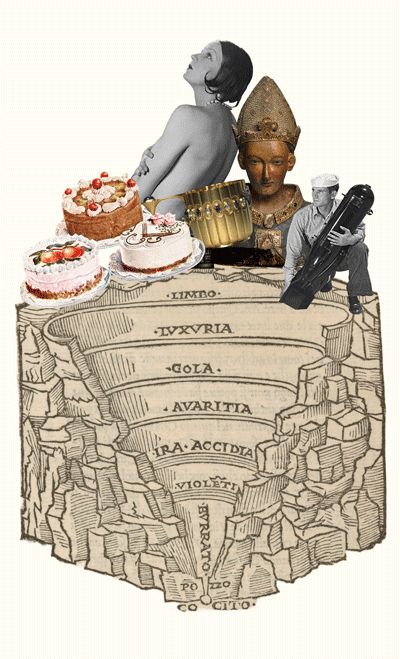
1) When you hear the word, “afterlife” what comes to mind? What do you think about or envision?
2) Why do you think there are so many interpretations and renditions of the afterlife- in art, in movies, in poems, in religions, etc. Why do you think people think about it so much?
3) What is the relationship between mankind and the divine?
4) In Canto III When Dante asks Virgil for an explanation of the inscription above the Gate of Hell, Virgil says, “For we have reached the place of which I spoke, / where you will see the miserable people, / those who have lost the good of the intellect” (16-18). What does this tell you about how you get to hell? Are you surprised to see intellect mentioned here? Why or why not?
5) Why do you think Virgil is Dante’s guide through hell? If you had to pick someone to guide you through a version of the afterlife, who would you pick and why?
6) In Canto V, it is clear Paulo and Francesca are in a hell that is a result of their choices. What do you think of the idea that hell is a result of what we chose? Even if you do not believe in a hell or an afterlife, is there something to be learned from this concept?
Building Bridges
A Recommended Pairing
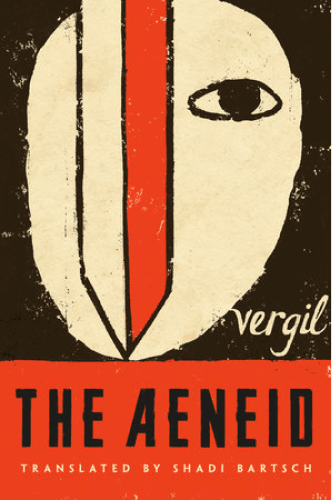
Virgil’s Aeneid-This text clearly influenced Dante, and Aeneus’s descent into hell makes a valuable and interesting pairing with Dante’s description of his character’s journey.
Supplemental Resources
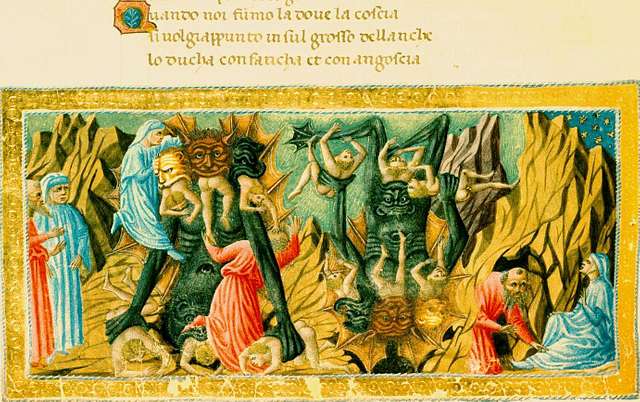
Digital Dante
Visual Representations of Dante’s Inferno
Paulo & Francesca in Art
Text Mapping
Discipline Mapping
English/Composition Studies
Humanities
History
Psychology
Page Contributor


